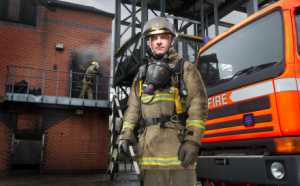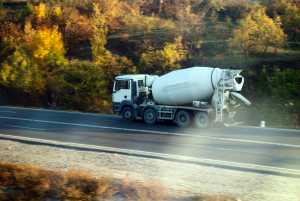What are the different types of HGV/LGV?
Heavy goods vehicles (HGVs) and large goods vehicles (LGVs) are lorries or trucks with a gross weight – including the vehicle itself and cargo – of over 3,500kg. Driving an HGV or LGV requires training and a specific licence due to it being a specialist skill.
There is a lot of variation in the kinds of HGV and LGV available and the vehicles are used for a whole host of jobs. From small 2 axle rigid trucks to huge 6 axle articulated lorries, these vehicles are integral to the shipping, logistics and transport industries. In this article, we will take a look at some of the different types of HGVs and LGVs and what jobs they could be used for.
Dry and consumer goods lorries (rigid or articulated)
The vast majority of goods that are transported across the UK are dry goods and consumer goods. This includes a huge variety of items from crisps to clothes and plant pots to PCs. Many different types of lorry can be used for these goods, depending on the size and amount of cargo and the transport distance. Box body trucks or curtain side trucks are commonly used.

Emergency vehicles
Large emergency vehicles – for example, fire engines – require you to hold an LGV licence due to their weight. To become a driver for such emergency vehicles, you will also need to take a specific advanced driving course.
Livestock trucks
These trucks are specifically used for transporting various kinds of livestock. Examples of livestock you could be carrying includes pigs, chickens, cows and sheep. This form of driving will usually only cover pretty short distances such as between farms or to markets.
Refrigerated trucks
Refrigerated trucks are necessary for a wide range of goods, but are primarily used for food and drink. Refrigerated vehicles can come in many sizes from small freezer vans used to supply frozen food to local shops, to big refrigerated containers attached to an articulated lorry which can be used to keep produce fresh whilst being shipped across the country.
Specialist vehicles
There are various HGVs/LGVs which have a specialist, singular function. Examples include:
- Cement mixers
- Snow ploughs
- Highway maintenance vehicles
- Tow trucks
- Car transporters

Flatbed lorries
Flatbed lorries have a flat, open body which is good for transporting large, heavy items which won’t be affected by rain or the elements. Bulky items which would generally be transported by flatbeds include machinery, construction materials, pipework or industrial parts. Such items have to be comprehensively strapped down to prevent movement in transit.
Tankers
Tankers are generally used to carry large amounts of liquid, although they can also be used for fine materials such as grains, sugar and powders. If the liquid being carried is potentially hazardous – for example, petrol or chemicals that are toxic or flammable – the driver will need further certification than the HGV/LGV licence to transport such goods.
As you can see, there is a huge amount of variation in the vehicles you can drive and work you can attain with an HGV/LGV licence. Euro 1 Training can provide you with a high quality, comprehensive training course to become HGV/LGV qualified. Our specialist course leaders have practical experience within the industry, ensuring that your training is accurate and relevant.
Our courses, which are ideal for clients across Sheffield, Wakefield and Goole, span various pieces of plant machinery, such as forklifts, excavators and dump trucks.
Contact our friendly team today to find out more information, or to book on to one of our courses.
